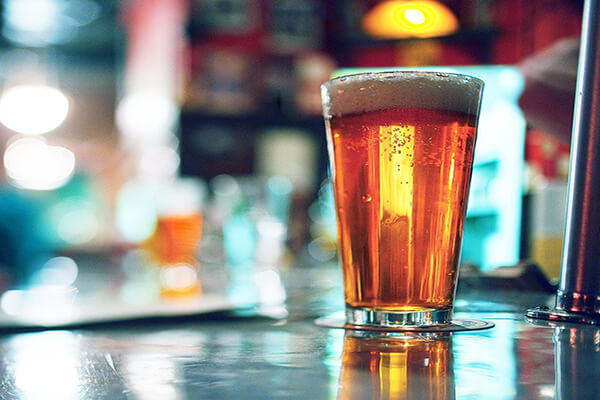Beverage / Isobaric / Beer Bottle Filling Machine
- Mobile: +86 15851631082
- Email: bonnie@jinri-packaging-machinery.com
Beverage / Isobaric / Beer Bottle Filling Machine
Pasteurization, also known as low-temperature disinfection, cold sterilization, is a disinfection method that uses lower temperatures to kill germs and keep the flavor of nutrients in the product unchanged. Used to define the heat treatment method required to kill various pathogenic bacteria.

Using a lower temperature (generally 60-82 ° C) and heating the food within a specified time to kill the microbial vegetative body is a method that can achieve the purpose of disinfection without compromising the quality of the food. Invented by French microbiologist Pasteur. The degree of pasteurization heat treatment is relatively low. Generally, the heating is performed at a temperature lower than the boiling point of water, and the heating medium is hot water.
Pasteurization is to heat the mixed raw materials to 68-70 ° C, and then quickly cool to 4-5 ° C after maintaining this temperature for 30 minutes. Because the lethal point of general bacteria is 68 ° C and less than 30 minutes, the mixed raw materials can kill the pathogenic bacteria and most non-pathogenic bacteria after processing this method; after the mixed raw materials are heated, Sudden cooling, rapid heat and cold changes can also promote the death of bacteria.
Within a certain temperature range, the lower the temperature, the slower the bacterial reproduction; the higher the temperature, the faster the reproduction (generally suitable temperature for microbial growth is 28 ° C-37 ° C). But if the temperature is too high, the bacteria will die. Different bacteria have different optimum growth temperatures and heat and cold resistance. In fact, pasteurization is to take advantage of the characteristics of pathogens that are not very heat resistant, and treat them with appropriate temperature and holding time to kill them all. However, after pasteurization, a small number of harmless or beneficial, heat-resistant bacteria or bacterial spores are still retained. Therefore, pasteurized milk should be stored at a temperature of about 4 ° C and can only be stored for 3 to 10 days Up to 16 days.
The degree of pasteurization heat treatment is relatively low. Generally, the heating is performed at a temperature lower than the boiling point of water, and the heating medium is hot water. Different foods use pasteurization for different purposes. In some foods, especially cow's milk, whole eggs, egg whites, and egg yolks, pasteurization is mainly to destroy possible pathogens such as Mycobacterium tuberculosis and Salmonella. In addition, most foods, such as beer, fruit wine (wine), and fruit juice, use pasteurization to extend the shelf life of the product from the perspective of microorganisms and enzymes. Generally pasteurized foods still contain many growing microorganisms, usually thousands of live bacteria per milliliter or gram, which has a shorter storage period than commercial sterilized products. Pasteurization technology in beer pasteurizer tunnel machine is not only used for beer but also penetrates other fields. For example, steam treatment when shelled oysters are used will reduce the bacterial count of oysters. Its advantage is that the food is processed at a lower temperature and in a shorter time, which maximizes the color, aroma, taste and nutritional content of the food from being damaged by high temperature and long-term processing.
Automatic beer pasteurizer tunnel machine solves the problem of sour beer. Pasteur was invited to study this issue. After a long period of observation, he found that the culprit that acidified the wine was Lactobacillus. Nutrient-rich wines are simply paradise for lactobacillus growth. Lactobacillus can be killed by simple boiling, but the wine is then boiled. Pasteur has tried using different temperatures to kill lactic acid bacteria without damaging the wine itself. In the end, Pasteur's research concluded that heating wine at 63.5 ° C for half an hour can kill lactic acid bacteria in wine without having to boil. This method saved the French wine industry.
By continuing to use the site you agree to our privacy policy.